The breathtaking bridges that connect Buda and Pest vol. 1 – Photos

Budapest is one of the most beautiful cities in the world. One of the most wonderful parts of the Hungarian capital is the Danube’s riverbank and the bridges connecting Buda and Pest.
Széchenyi Chain Bridge
The Széchenyi Chain Bridge spans the western and eastern sides of Budapest. The designer was an English engineer, Adam Clark. It was the first permanent bridge across the Danube in Hungary. The bridge was opened in 1849. It is anchored on the Pest side of the river to Széchenyi (formerly Roosevelt) Square, adjacent to the Gresham Palace and the Hungarian Academy of Sciences, and on the Buda side to Adam Clark Square, near the Zero Kilometre Stone and the lower end of the Castle Hill Funicular, leading to Buda Castle. The bridge has the name of István Széchenyi, the major supporter of its construction, attached to it, but is now commonly known as the “Chain Bridge”. At the time of its construction, it was regarded as one of the modern wold’s engineering wonders. It has asserted an enormous significance in the country’s economic, social, and cultural life, much as the Brooklyn Bridge has in New York in the US.
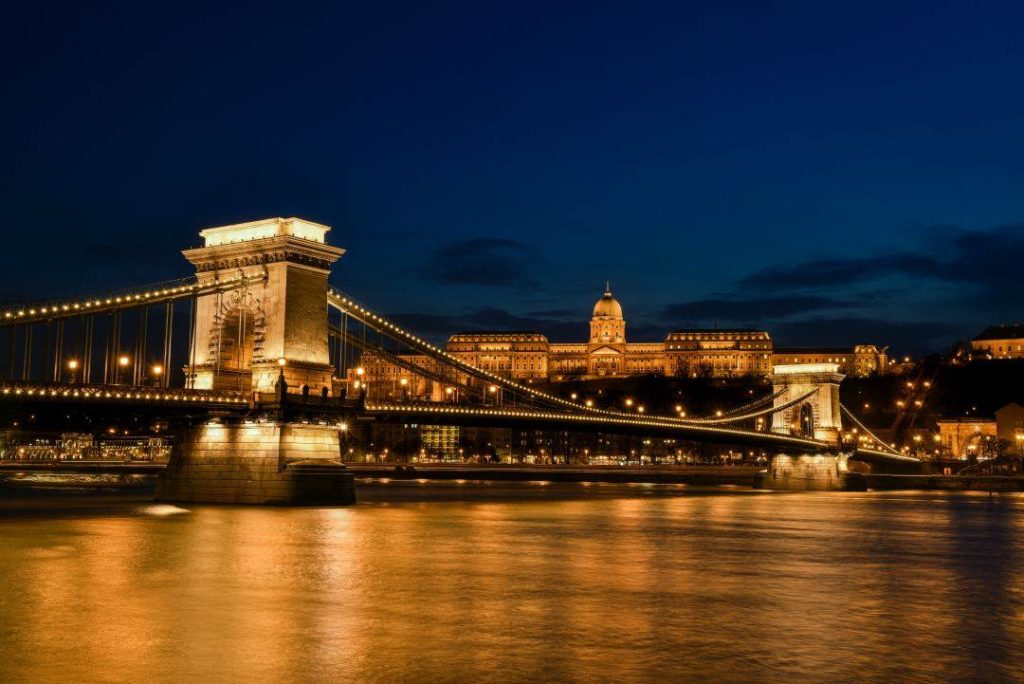
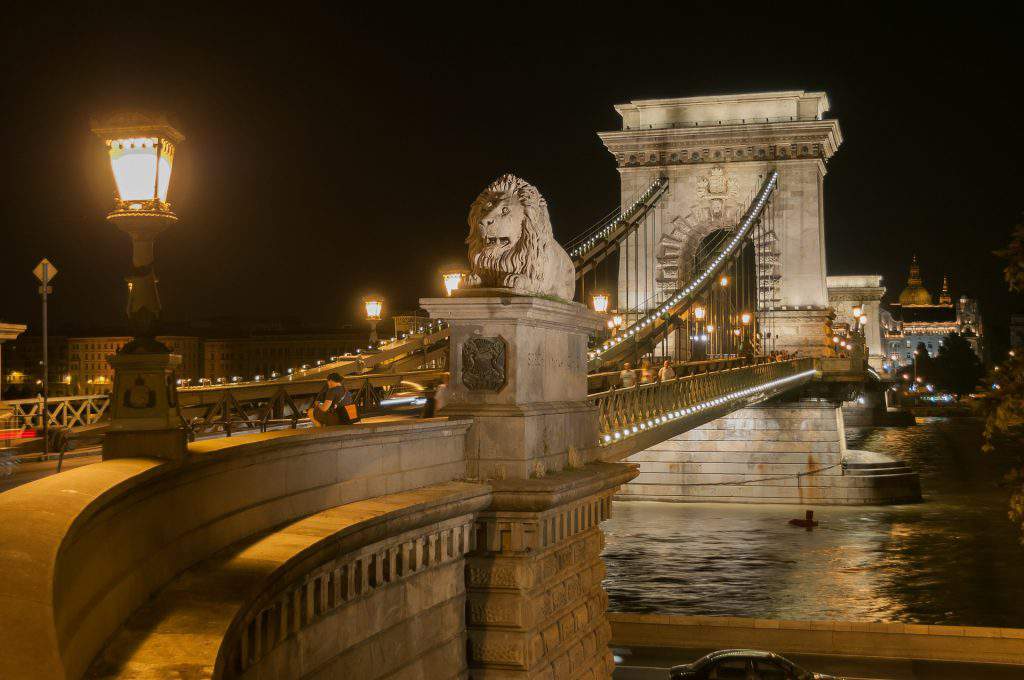
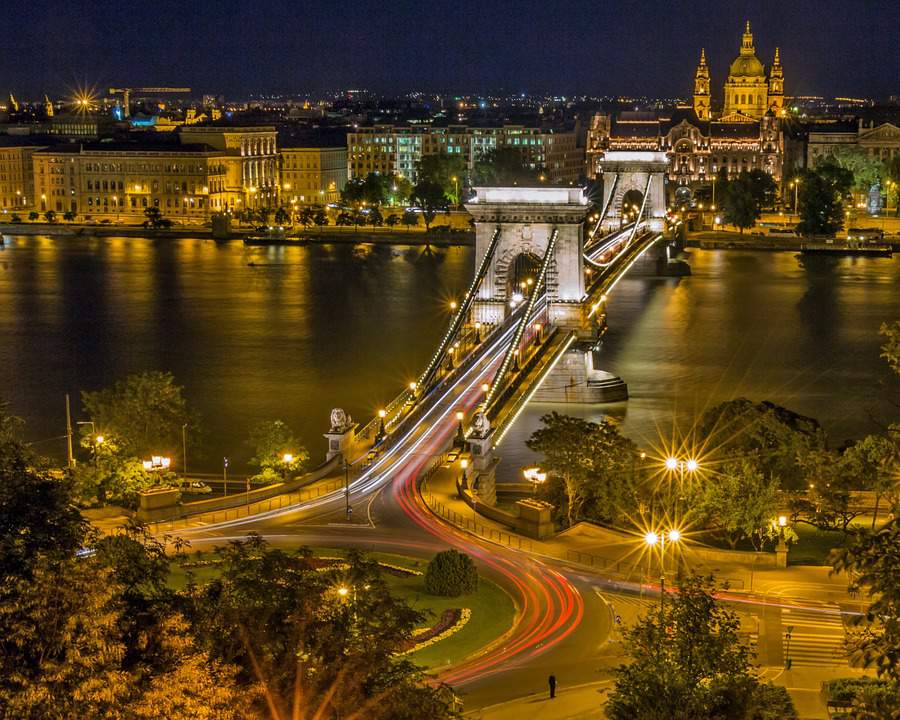
Margaret Bridge
Margaret Bridge is a three-way bridge connecting Buda and Pest and linking Margaret Island to the banks. It is the second-northernmost and second-oldest public bridge in Budapest. The designer of the bridge was a French engineer, Ernest Goüin. It was built between 1872 and 1876. Its two parts enclose 165 degrees. The reason for this unusual geometry is that the small extension to connect to Margaret Island was hastily inserted into the original design but not built until two decades later due to lack of funds. The bridge’s two ends are Jászai Mari Square in Pest and Germanus Gyula Park in Buda. Reconstruction was needed because of the Second World War and also between 2009-2011.
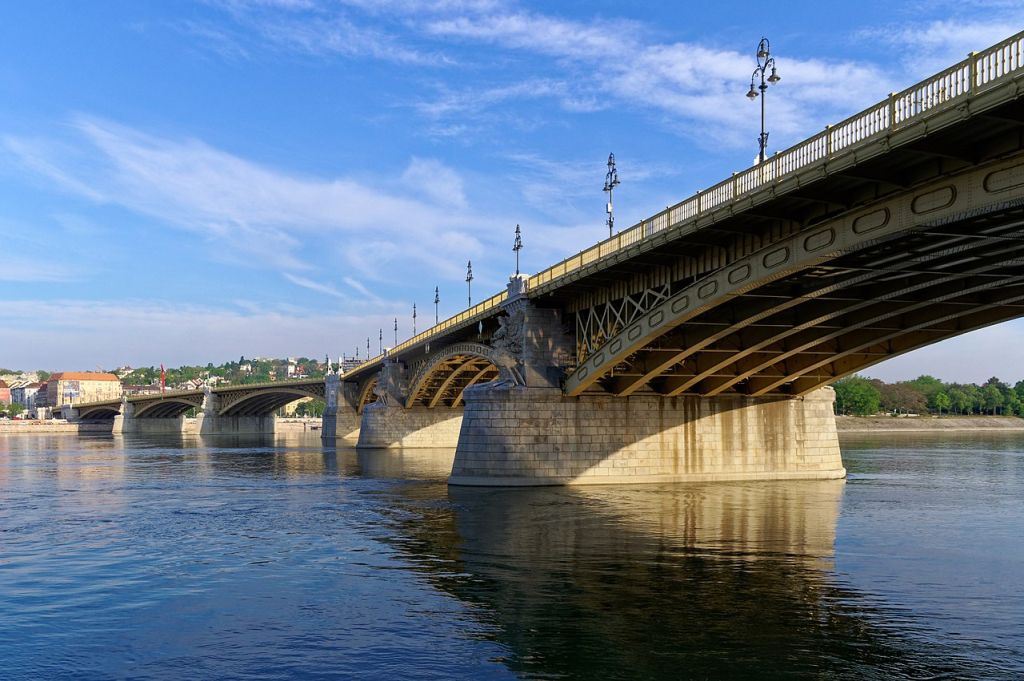
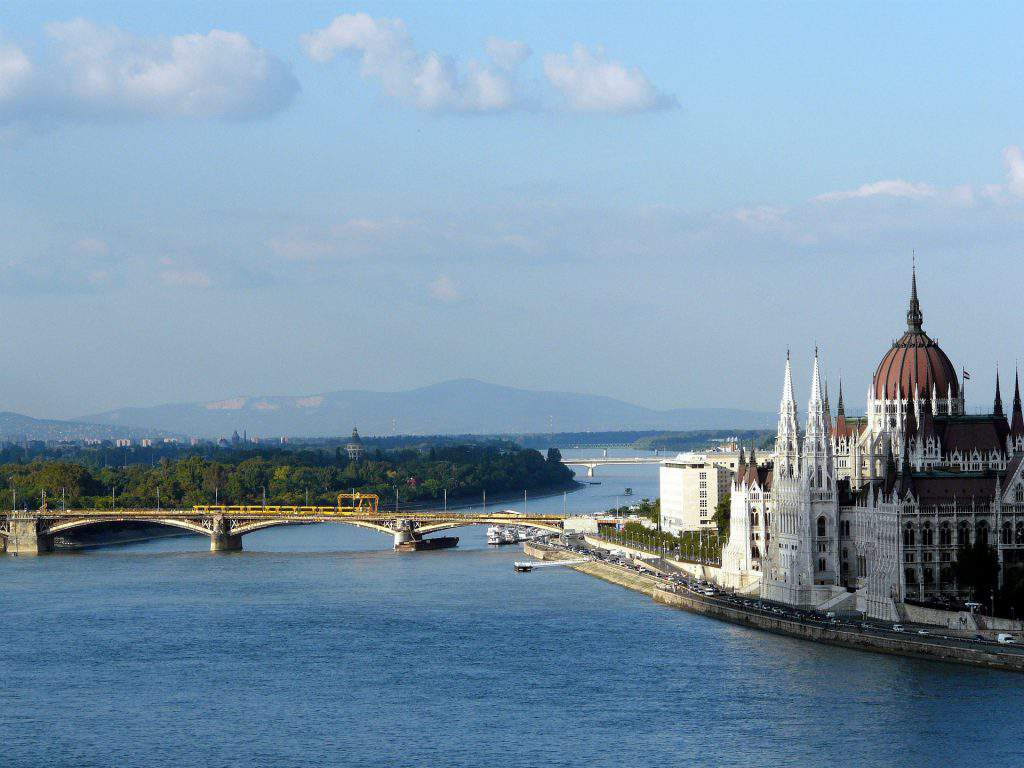
Petőfi Bridge
Petőfi Bridge was named after Sándor Petőfi, the famous Hungarian poet and liberal revolutionary. The former bridge’s name was Horthy Miklós Bridge. The two ends of the bridge are Boráros Square in Pest and Goldmann György Square in Buda. Budapest already made a proposal in the early 1900s to build the bridge, but the competent state bodies believed that a bridge in Óbuda was much more important. After the start of the First World War, the idea was postponed; however, the bridge was still important for the citizens of Budapest. The bridge was built between 1933 and 1937, according to the plans of Hubert Pál Álgyay, and was rebuilt after the Second World War.
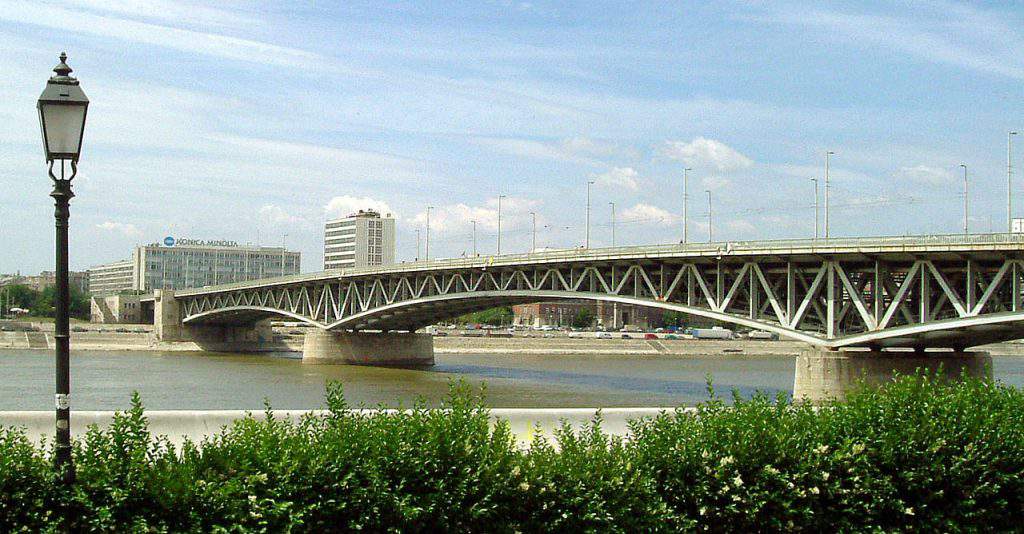
Áprád Bridge
Árpád Bridge connects northern Buda (Óbuda) and Pest. Until the inauguration of Megyeri Bridge in 2008, it was the longest bridge in Hungary, spanning about 2 km. Margaret Island is connected to Árpád Bridge through an embranchment approximately in the middle of the bridge and crosses the Southern tip of Óbuda Island as well, although there is no road, pedestrian or any other connection whatsoever, between the two. In earlier times there was a bridge in the same area established by the Romans; it connected a fort and the old Roman settlement of Aquincum. The bridge was named after Grand Prince Árpád, the second Grand Prince of the Hungarians.

Source:





